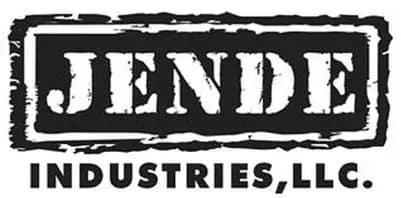Maybe 3 or 4 times a year! Well, it all depends.
Having sharp knives is super important when you’re cooking. If your knife is dull, it makes cutting food harder and can even be risky. Knowing when to sharpen your knives isn’t always easy. But don’t worry! In this article, we’ll talk about how often you should sharpen your knives and give you some tips to help you keep them sharp. Sharpening of knives is also essential for maintaining their performance and prolonging their lifespan.
Factors Affecting Knife Sharpness:
1. Frequency of Use: Knives used daily will require more frequent sharpening than those used occasionally. If you’re cooking multiple times a day, especially if you’re preparing meals that require a lot of chopping or slicing, your knives will need more regular attention.
2. Type of Knife: Different knives have different blade compositions and are used for different purposes. For example, a chef’s knife used for heavy-duty tasks might need more frequent sharpening than a delicate paring knife. Specialty knives like serrated knives may not need sharpening as often due to their unique edge design.
3. Knife Material: The material of the knife blade influences how often it needs sharpening. For instance, stainless steel blades typically hold their edge longer than high-carbon steel, which might require more frequent sharpening. Additionally, knives made from harder materials like ceramic can retain their sharpness for longer periods but may require specialized sharpening techniques.
4. Cutting Surface: The surface on which you’re cutting can impact blade sharpness. Cutting on hard surfaces like glass or ceramic can dull blades faster than cutting on softer surfaces like wood or plastic cutting boards. Using a softer cutting surface can also help prolong the sharpness of your knives.

5. Technique: Proper cutting technique can help maintain blade sharpness. Avoiding twisting or prying motions, which can dull the edge, can extend the time needed to sharpen your knife. Additionally, using a proper cutting motion, such as a rocking motion with a chef’s knife, can help preserve the edge.
Signs Your Knife Needs Sharpening:
- Decreased Cutting Performance: If your knife struggles to slice through food cleanly and requires more force than usual, it likely needs sharpening. Dull knives can crush food instead of cleanly slicing through it, leading to uneven cuts and frustration in the kitchen.
- Visible Damage or Wear: Look for chips, nicks, or rolled edges along the blade, which can impair cutting ability and indicate the need for sharpening. Regular inspection of your knives can help you identify any damage that may require sharpening or repair.
- Blade Feels Dull: Run your fingertip lightly along the blade’s edge. If it feels smooth rather than sharp, it’s time to sharpen the knife. You can also visually inspect the edge for any signs of dullness or damage.
Recommended Sharpening Frequency:
1. Regular Maintenance: As a general rule, most kitchen knives benefit from regular maintenance with a honing steel or rod. Honing helps to realign the blade’s edge, keeping it straight and sharp between sharpening. Depending on use, honing can be done every 2-3 uses or even before each use for professional chefs. Incorporating honing into your regular kitchen routine can help extend the time between sharpening.
2. Sharpening Schedule: For home cooks using their knives regularly, a good schedule might be to sharpen knives every 2-4 months. However, adjust this based on your knife usage and the signs mentioned above. If you notice decreased cutting performance or visible damage before the scheduled time, it’s best to sharpen your knives as needed rather than waiting for a specific timeframe.
3. Professional Sharpening: If you’re not comfortable sharpening your knives yourself or if they have significant damage, consider professional sharpening services. Professionals can restore blades to their optimal sharpness and shape, ensuring they perform their best in the kitchen. Professional sharpening can be especially beneficial for specialty knives or knives with complex blade designs.
Conclusion:
Regular knife maintenance is essential for optimal performance and safety in the kitchen. By understanding the factors affecting knife sharpness and recognizing the signs that indicate when sharpening is necessary, you can develop a sharpening routine that keeps your knives in top condition. Experiment with different sharpening methods to find the one that works best for you and your knives. Remember, a sharp knife is not only safer but also more efficient and enjoyable to use. With proper care and maintenance, your knives can serve you well for years to come.
Image by freepik




